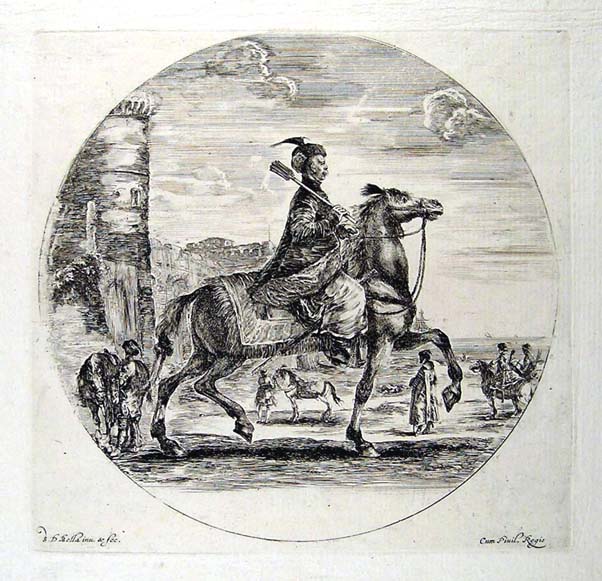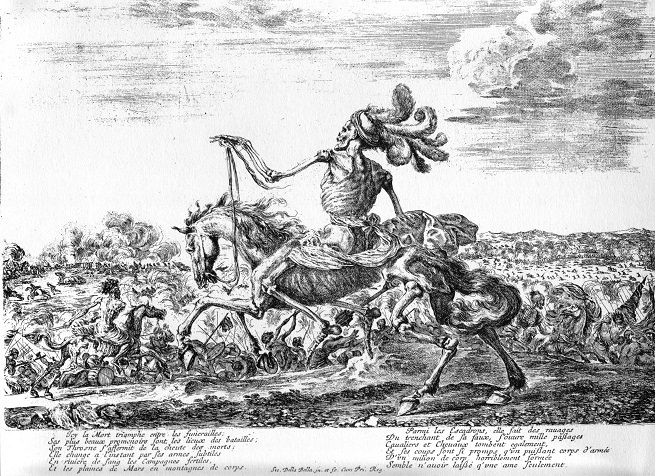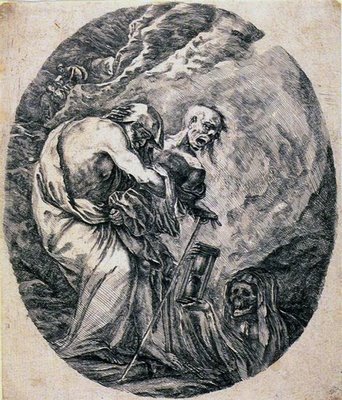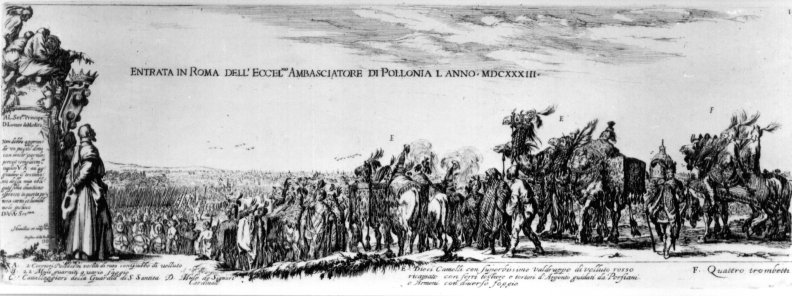<Back to Index>
- Mathematician and Physicist Oliver Heaviside, 1850
- Printmaker Stefano della Bella, 1610
- Last Crown Prince of Bavaria Rupprecht, 1869
PAGE SPONSOR
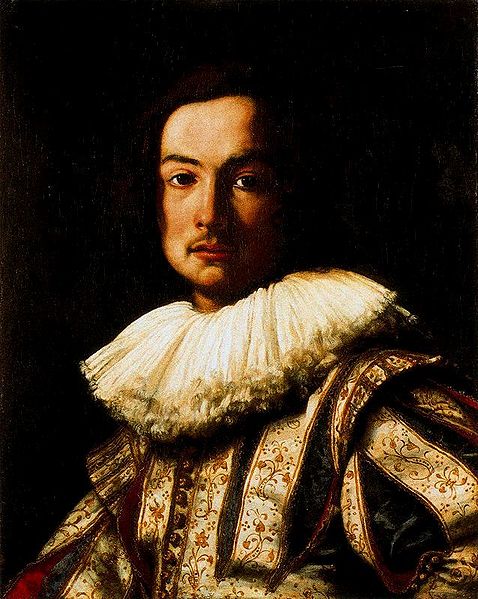
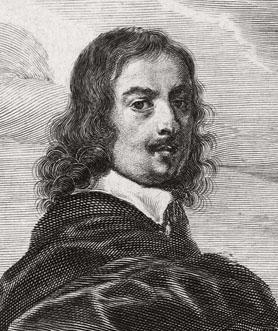
Stefano della Bella (18 May 1610 – 12 July 1664) was an Italian draughtsman and printmaker known for etchings of a great variety of subjects, including military and court scenes, landscapes, and lively genre scenes. He left 1052 prints, and several thousand drawings, but only one known painting.
He was born at Florence to a family of artists, and was apprenticed to a goldsmith, but became an engraver working briefly under Orazio Vanni and then Cesare Dandini. He studied etching under Remigio Cantagallina, who had also been the instructor of Jacques Callot, who had lived in Florence 1612 - 1621, and his early prints are very similar to those of Callot. The patronage of the Medicis enabled della Bella to live and study for six years in Rome, living in the Medici palace, and producing vedute and drawings of antiquities as well as crowded images of public occasions in a series of sketchbooks, many of which were later turned into prints. He also made trips to Florence to record and assist the court festivities of the Medici. In this period his style developed from Mannerist to Baroque.
In Rome, he created a then admired print of the cavalcade celebrating the entry of the Polish ambassador into Rome in 1633. He also created a number of prints of views of Rome. In 1639 he went to Paris, introduced by the Tuscan ambassador, Alessandro del Nero, and where he lived until 1650, adapting his style to French taste, as in his series updating the Northern theme of the taking by Death of various individuals. He was also influenced by Rembrandt and other Dutch printmakers, and made trips to Holland and North Africa. The majority of his prints date from the years in Paris; he had arrived four years after the death of Callot, and already known to important French publishers. In 1641 Cardinal Richelieu sent him to Arras to make drawings for prints of the siege and taking of that town by the royal army, and in 1644 Cardinal Mazarin commissioned four sets of educational playing cards for the young Louis XIV. His ornament prints were very innovative, seeming to look forward to the Rococo.
French anti-Italian feeling during the Fronde, and the death of Mazarin probably forced his return to Florence, where he obtained a pension from the grand duke, whose son, Cosimo III de Medici, he instructed in drawing. He continued to send plates to Paris publishers. He is known to have illustrated some discoveries for Galileo, and depicted Hansken the famous elephant, when dead. In his final years he produced a number of prints experimenting with tonal effects, though these were little known at the time; he had long made much use of wash in his drawings, and was now attempting with considerable success to achieve similar effects in etching, though only a few good impressions could be taken from the plate. In 1661 he appears to have suffered a stroke, after which he produced little work.


